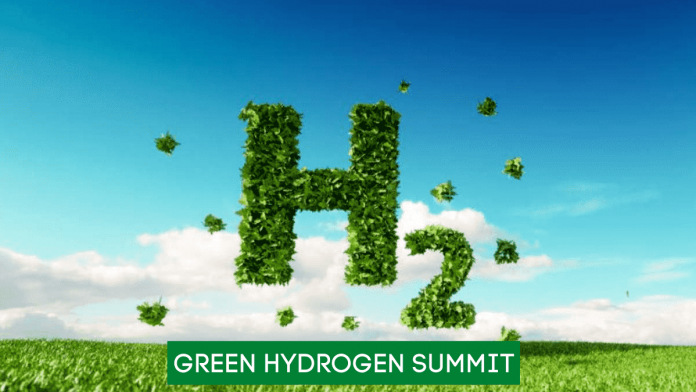Hello Readers,
We are here with an article on the Green Hydrogen Summit of BRICS (Brazil, Russia, India, China, and South Africa) nations. We will discuss further in the article about the summit, its importance and other key facts related to it.
ABOUT THE SUMMIT
India is hosting a summit on Green hydrogen initiatives involving the BRICS nations. The event will be hosted by NTPC (National Thermal Power Corporation Limited). NTPC is a Maharatna CPSU (Central Public Sector Undertaking) under Ministry of Power. The summit will be a 2 day event to be held on 22 June and 23 June virtually. The virtual summit aims to bring the best brains, policy makers and major stakeholders from the BRICS nations to discuss at length the future of Hydrogen in the energy mix.
KEY FACTS OF THE SUMMIT
- Day 1: Officials from each country will present their different hydrogen usage activities and their future intentions. The speakers will also discuss the importance of various hydrogen-based technologies and their country’s priorities.
- Day 2: It will witness panel discussion on different countries’ strategies for incorporating hydrogen into their overall energy policy framework. The discussions will cover finance alternatives for new green hydrogen technologies. Also the institutional support required to provide the necessary ecosystem for the technology to thrive will be discussed.
- Challenges lie in terms of technology, efficiency, financial viability and scaling up of green hydrogen which the summit will aim to address.
WHAT IS GREEN HYDROGEN?
When hydrogen is produced by electrolysis using renewable energy it is known as green hydrogen. Green hydrogen does not have any carbon footprint. This offers hydrogen an advantage over other fuels in terms of opening up new green applications.
WHY GREEN HYDROGEN?
Green hydrogen usage leads to zero emissions as it is environment friendly. It is a clean burning molecule which can decarbonize sectors like iron & steel, chemicals, and transportation.
Green hydrogen will also aid in the transition to clean electric transportation. It will lower the reliance on minerals and rare-earth element-based energy storage batteries.
Green hydrogen has a wide range of applicability. Ammonia and methanol are examples of green chemicals that can be used directly in existing applications such as fertilizers, mobility, power, chemicals, and shipping.
TYPES OF HYDROGEN
Hydrogen is a colourless gas. But it has a spectrum of colors based on the type of production used. There are green, blue, brown, yellow, turquoise and even pink hydrogen. They’re basically colour codes or nicknames used in the energy business to distinguish between different forms of hydrogen. However, because there is no common naming convention, colour definitions can alter over time and even between countries.
ABOUT NTPC
Founded: 1975
Headquarter: New Delhi, India.
With this we come to the end of this blog. We came to know about the green Hydrogen summit held among the BRICS nations and also some new facts about hydrogen as a gas.
For more such updates stay tuned.




